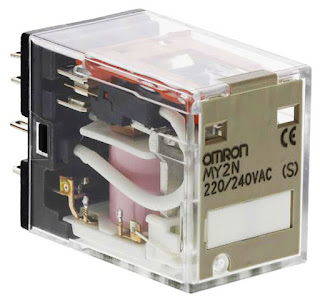What is Class I Division 2?

A Class I Division 2 is a location: (1) In which volatile flammable gases, flammable liquid-produced vapors, or combustible liquid-produced vapors are handled, processed, or used, but in which the liquids, vapors, or gases will normally be confined within closed containers or closed systems from which they can escape only in case of accidental rupture or breakdown of such containers or systems or in case of abnormal operation of equipment, or (2) In which ignitable concentrations of flammable gases, flammable liquid-produced vapors, or combustible liquid-produced vapors are normally prevented by positive mechanical ventilation, and which might become hazardous through failure or abnormal operation of the ventilating equipment. Class I Division 2 Classification Class I Division 2 refers to the ANSI/ISA 12.12.01 standard. This standard was previously UL1604 until UL recommended the newer ANSI/ISA standard be used and that all hazardous location products be certified under this standa...



